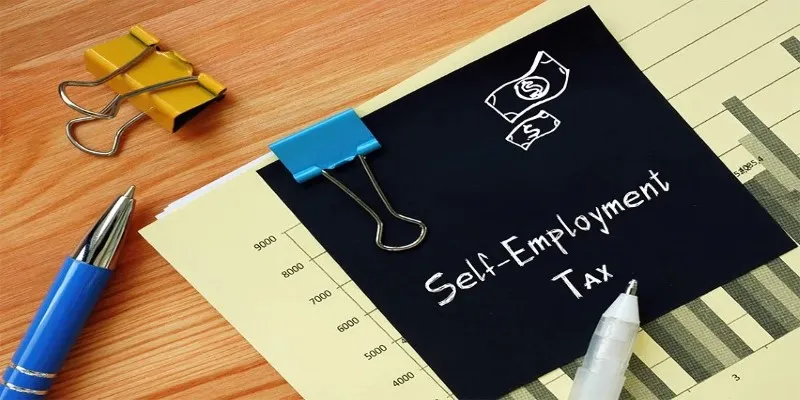How to Adjust Your Tax Withholding: A Simple Guide for 2024
Adjusting your tax withholding might not be the most thrilling task, but it can significantly affect your take-home pay. If you consistently receive a large tax refund or owe a substantial amount at the end of the year, it’s time to reevaluate your withholding.

In this article, we’ll explore how to adjust your tax withholding, why it matters, and what you should consider before making changes. Let’s dive in!
Why Adjusting Your Tax Withholding Matters
Your tax withholding is the amount of money your employer deducts from your paycheck to cover federal income tax. If you’re consistently getting a refund, you might be withholding too much. Conversely, owing money at tax time indicates insufficient withholding. The goal is to strike a balance that aligns with your financial situation.
Proper withholding ensures you neither overpay nor underpay your taxes. Overpayment results in a refund, which might seem appealing, but that money could be better spent on savings or achieving financial goals. Underpayment can lead to penalties and interest charges when filing your returns.
5 Key Steps to Adjust Your Tax Withholding

Step 1: Obtain a W-4 Form
Start by acquiring a copy of IRS Form W-4. You can get it from your employer or directly from the IRS website. This form helps determine the amount of federal income tax to withhold from your paycheck based on the information you provide.
Step 2: Assess Your Current Situation
Before making changes, review your current tax situation. Do you usually get a refund, or do you owe money annually? Consider life changes that might impact your taxes, such as marriage, having children, or a second job. These factors can influence your withholding amount.
Step 3: Fill Out the W-4 Form
The W-4 form includes sections that help calculate how much tax to withhold from your paycheck. Fill in your personal details, tax deductions, and any additional amounts you want withheld. The IRS revised this form in 2020 to simplify it and prevent excessive allowance claims.
Step 4: Submit the W-4 to Your Employer
After completing the form, submit it to your employer’s payroll department. Changes usually take effect in the next pay period, but this can vary based on your company’s payroll schedule.
Step 5: Review Your Paycheck and Tax Situation
Once your withholding adjustments are made, monitor your paycheck to ensure the correct amount is withheld. If your situation changes during the year, you may need to adjust your withholding further.
4 Common Mistakes to Avoid When Adjusting Your Withholding
Not Accounting for All Income: If you have multiple jobs or income sources, ensure you consider all when adjusting your withholding to avoid underpayment and penalties.
Focusing Only on the Refund: Many aim for a large refund, but this means you’ve overpaid taxes throughout the year, missing out on potential savings or investments.
Ignoring Life Changes: Major life events like marriage, having children, or a new job can affect your tax situation. Update your withholding accordingly.
Not Recalculating Mid-Year: If your financial situation changes mid-year, like a raise or additional job, revisit your withholding to stay on track.
When to Adjust Your Tax Withholding?

Getting Married or Divorced: Changes in marital status can affect your tax bracket and withholding requirements.
Having Children: Claiming dependents can reduce your tax liability, allowing you to adjust your withholding.
Changes in Your Income: A raise, bonus, or additional job increases your taxable income, necessitating adjustments to avoid a large tax bill.
Buying a Home or Renting: Homeownership and living arrangement changes can lead to deductions or credits affecting your withholding.
Tax Law Changes: Stay informed about tax law changes that might impact your withholding, such as tax cuts or adjustments in tax credits.
Final Thoughts: A Comprehensive Overview
Adjusting your tax withholding might seem minor, but it significantly impacts your finances. Understand your withholding and make necessary changes to avoid over- or under-withholding taxes. Keep records of your income, life changes, and tax updates, and consider using the IRS Withholding Estimator for accuracy. The key is finding a balance that suits you, so you don’t face a large refund or hefty tax bill at tax time. With the right adjustments, you can keep more of your hard-earned money throughout the year and meet your tax obligations stress-free.





